How to Wash a Mattress Protector
Keeping your mattress protector clean is essential for maintaining a healthy and hygienic sleeping environment. But do you know the proper way to wash a mattress protector? Let's dive into the step-by-step guide to ensure your mattress protector stays fresh and clean for years to come.
Washing Instructions for Mattress Protectors
Before we get into the washing process, it's important to check the care instructions on your mattress protector. Different materials may require different cleaning methods. However, most mattress protectors can be washed in a washing machine.
Start by removing any sheets or blankets from your mattress protector and toss them in the washing machine. Then, unzip or remove the protector from your mattress and add it to the load.
Step-by-Step Guide for Cleaning a Mattress Protector
Step 1: Pre-treat any stains on the mattress protector with a stain remover or a mixture of water and mild detergent. Let it sit for a few minutes before proceeding to the next step.
Step 2: Set your washing machine to a gentle or delicate cycle with cold water. Hot water can damage the waterproof barrier on some mattress protectors.
Step 3: Add a small amount of mild detergent to the machine. Avoid using bleach or harsh chemicals as they can damage the fabric and decrease the effectiveness of the waterproof layer.
Step 4: Start the washing machine and let it run through the entire cycle.
Step 5: Once the cycle is complete, remove the mattress protector from the machine and hang it to dry. Avoid using a dryer as the high heat can shrink or damage the protector.
Best Practices for Washing a Mattress Protector
To ensure the best results and prolong the lifespan of your mattress protector, here are some recommended practices to follow:
1. Wash your mattress protector every 1-2 months: Regular washing will prevent the buildup of sweat, dust, and other allergens on your protector, keeping it fresh and clean.
2. Use a gentle cycle: A gentle or delicate cycle will prevent any damage to the fabric, especially if your protector has a waterproof layer.
3. Avoid using hot water: High temperatures can damage the waterproof barrier on some protectors, so it's best to stick with cold water.
4. Use a mild detergent: A mild detergent will clean your protector without causing any damage or reducing its effectiveness.
5. Air-dry your protector: The high heat of a dryer can shrink or damage your protector, so it's best to hang it to dry instead.
Do's and Don'ts for Washing a Mattress Protector
To ensure your mattress protector stays in top condition, here are some do's and don'ts to keep in mind:
Do:
- Pre-treat stains before washing.
- Follow the care instructions on your protector.
- Wash your protector regularly.
- Use a gentle cycle with cold water.
- Air-dry your protector.
Don't:
- Use hot water.
- Use bleach or harsh chemicals.
- Overload your washing machine.
Expert Tips for Cleaning a Mattress Protector
Here are some additional tips from experts to ensure your mattress protector stays clean and in good condition:
- Use a mattress pad: Placing a mattress pad over your protector can help absorb any sweat or spills, making it easier to clean.
- Vacuum your protector: If your protector is not machine-washable, you can use a vacuum with a brush attachment to remove any dust or debris.
- Spot-clean stains: Instead of washing the entire protector, spot-cleaning stains can be a quick and effective way to keep it clean.
- Consider a waterproof layer: If you have young children or pets, investing in a mattress protector with a waterproof layer can protect your mattress from spills and accidents.
Common Mistakes to Avoid When Washing a Mattress Protector
To ensure your mattress protector stays in top condition, here are some common mistakes to avoid:
1. Not following the care instructions: Different materials may require different cleaning methods, so it's essential to check the care instructions on your protector.
2. Using hot water or harsh chemicals: These can damage the fabric and reduce the effectiveness of the waterproof layer.
3. Using a high heat dryer: The high heat can shrink or damage your protector.
4. Overloading the washing machine: This can prevent the protector from getting properly cleaned and may cause damage to your machine.
How Often Should You Wash a Mattress Protector?
The general recommendation is to wash your mattress protector every 1-2 months. However, if you have allergies or sensitivities, it's best to wash it more frequently, about every 2-3 weeks.
Recommended Detergents for Washing a Mattress Protector
When it comes to choosing a detergent for your mattress protector, it's best to opt for a mild and gentle option. Here are some recommended detergents to use:
1. All Free Clear: This detergent is hypoallergenic and gentle on sensitive skin.
2. Tide Free & Gentle: This detergent is also hypoallergenic and suitable for sensitive skin.
3. Seventh Generation Free & Clear: This detergent is made with plant-based ingredients and is free of fragrances and dyes.
Alternative Methods for Cleaning a Mattress Protector
If you are unable to wash your mattress protector in a washing machine, there are alternative methods you can try:
- Hand-washing: Fill a bathtub or large sink with cold water and mild detergent. Soak the protector for a few minutes, then gently scrub any stains before rinsing and air-drying.
- Steam cleaning: You can also use a steam cleaner to clean your mattress protector, but make sure to follow the manufacturer's instructions and avoid using too much heat.
Now that you know how to properly wash your mattress protector, you can rest easy knowing your sleeping environment is clean and hygienic. Remember to follow these tips and recommendations to keep your protector in top condition for years to come.
Why it's Important to Wash Your Mattress Protector Regularly

The Benefits of a Clean Mattress Protector
 Your mattress protector is the first line of defense against spills, stains, and dirt on your mattress. It's designed to protect your mattress and extend its lifespan, but it also needs to be taken care of in order to do its job effectively. Many people often overlook the importance of regularly washing their mattress protectors, but it's actually a crucial step in maintaining a clean and healthy sleep environment.
Washing your mattress protector regularly has numerous benefits:
Your mattress protector is the first line of defense against spills, stains, and dirt on your mattress. It's designed to protect your mattress and extend its lifespan, but it also needs to be taken care of in order to do its job effectively. Many people often overlook the importance of regularly washing their mattress protectors, but it's actually a crucial step in maintaining a clean and healthy sleep environment.
Washing your mattress protector regularly has numerous benefits:
1. Keeps Your Mattress Clean and Hygienic
 Over time, your mattress protector can accumulate dust, sweat, dead skin cells, and other types of dirt and debris. This can create the perfect breeding ground for bacteria, mold, and dust mites, which can lead to allergies and other health issues. Regularly washing your mattress protector helps to eliminate these potential hazards, keeping your mattress and sleep environment clean and hygienic.
Over time, your mattress protector can accumulate dust, sweat, dead skin cells, and other types of dirt and debris. This can create the perfect breeding ground for bacteria, mold, and dust mites, which can lead to allergies and other health issues. Regularly washing your mattress protector helps to eliminate these potential hazards, keeping your mattress and sleep environment clean and hygienic.
2. Prolongs the Life of Your Mattress
 By protecting your mattress from spills, stains, and other forms of damage, your mattress protector helps to extend its lifespan. However, if your mattress protector is not cleaned regularly, it can actually have the opposite effect. The buildup of dirt and debris can seep through the protector and onto your mattress, causing irreversible damage over time. By washing your mattress protector, you can prevent this from happening and ensure your mattress lasts for years to come.
By protecting your mattress from spills, stains, and other forms of damage, your mattress protector helps to extend its lifespan. However, if your mattress protector is not cleaned regularly, it can actually have the opposite effect. The buildup of dirt and debris can seep through the protector and onto your mattress, causing irreversible damage over time. By washing your mattress protector, you can prevent this from happening and ensure your mattress lasts for years to come.
3. Improves Sleep Quality
 A dirty mattress protector can also affect the quality of your sleep. The accumulation of dirt and debris can lead to an unpleasant odor, making it difficult to fall asleep and stay asleep. Regularly washing your mattress protector can help to eliminate these odors, creating a fresh and inviting sleep environment. This can lead to a better night's sleep and improved overall health and well-being.
A dirty mattress protector can also affect the quality of your sleep. The accumulation of dirt and debris can lead to an unpleasant odor, making it difficult to fall asleep and stay asleep. Regularly washing your mattress protector can help to eliminate these odors, creating a fresh and inviting sleep environment. This can lead to a better night's sleep and improved overall health and well-being.
How to Wash Your Mattress Protector
 To keep your mattress protector clean and well-maintained, it's recommended to wash it every 1-2 months. However, if you have pets, allergies, or spill-prone children, it's best to wash it more frequently.
Before washing, always check the care instructions on your mattress protector to ensure you're following the proper cleaning methods.
Most mattress protectors can be washed in the machine on a gentle cycle with mild detergent. It's important to avoid using bleach or harsh chemicals, as they can damage the protective coating on the protector.
After washing,
make sure to air dry your mattress protector instead of using a dryer
, as the high heat can also damage the protective coating. Once dry, your mattress protector will be ready to be placed back on your mattress, providing you with a clean and hygienic sleep surface.
To keep your mattress protector clean and well-maintained, it's recommended to wash it every 1-2 months. However, if you have pets, allergies, or spill-prone children, it's best to wash it more frequently.
Before washing, always check the care instructions on your mattress protector to ensure you're following the proper cleaning methods.
Most mattress protectors can be washed in the machine on a gentle cycle with mild detergent. It's important to avoid using bleach or harsh chemicals, as they can damage the protective coating on the protector.
After washing,
make sure to air dry your mattress protector instead of using a dryer
, as the high heat can also damage the protective coating. Once dry, your mattress protector will be ready to be placed back on your mattress, providing you with a clean and hygienic sleep surface.
Conclusion
 In conclusion, regularly washing your mattress protector is an essential step in maintaining a clean and healthy sleep environment. It not only keeps your mattress clean and hygienic, but it also helps to prolong its lifespan and improve the quality of your sleep. By following the proper cleaning methods and frequency, you can ensure your mattress protector continues to do its job effectively, providing you with a comfortable and restful night's sleep.
In conclusion, regularly washing your mattress protector is an essential step in maintaining a clean and healthy sleep environment. It not only keeps your mattress clean and hygienic, but it also helps to prolong its lifespan and improve the quality of your sleep. By following the proper cleaning methods and frequency, you can ensure your mattress protector continues to do its job effectively, providing you with a comfortable and restful night's sleep.





:max_bytes(150000):strip_icc()/how-to-wash-mattress-protector-5220415-hero-ef3d29e5dac34ab8a6482dc4e31a1252.jpg)










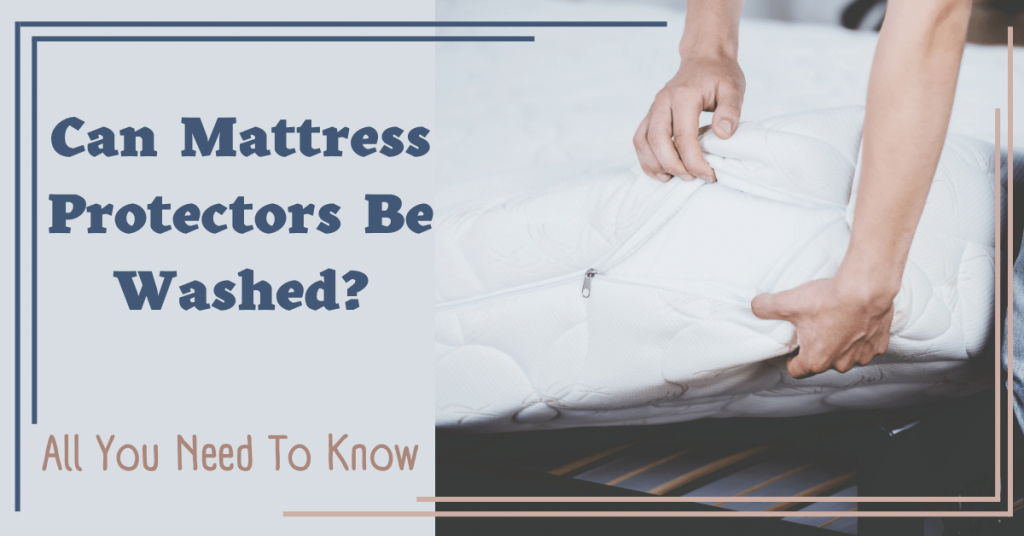

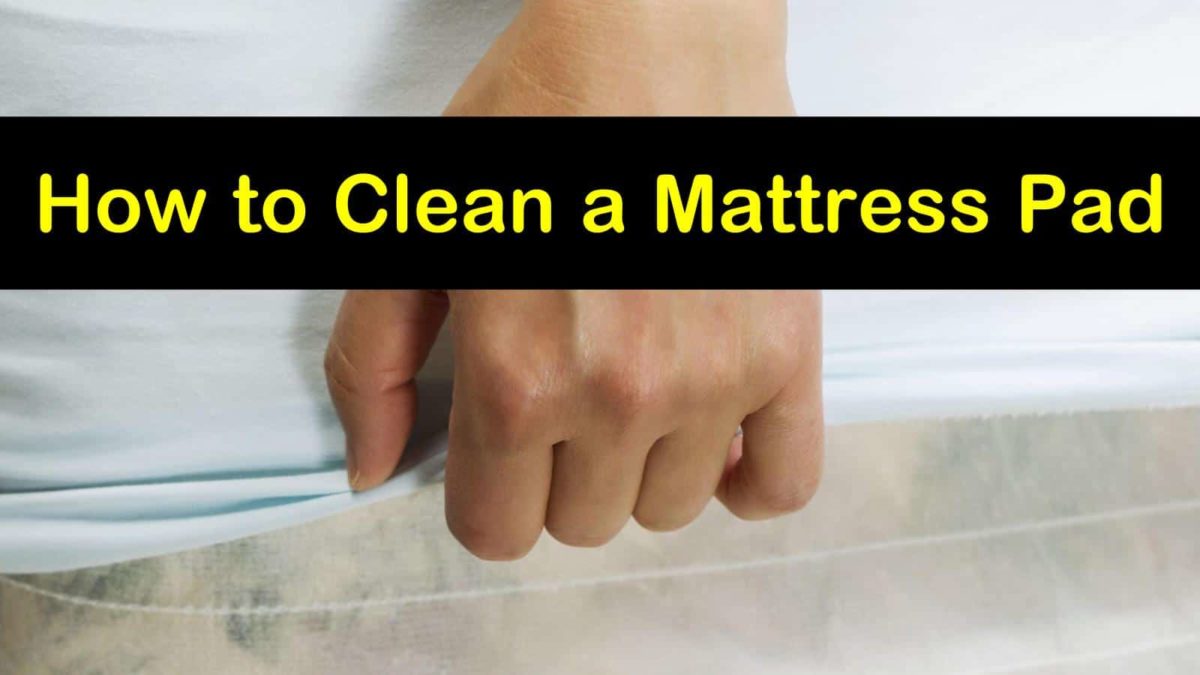










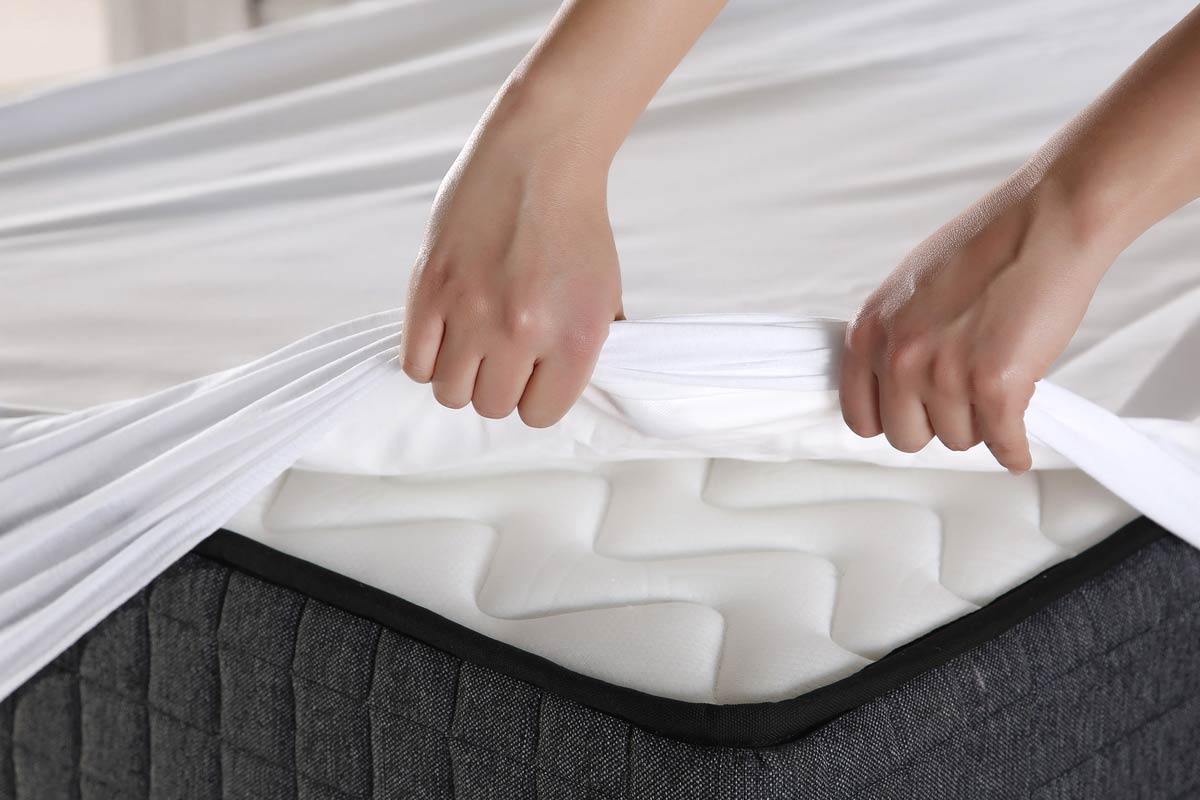




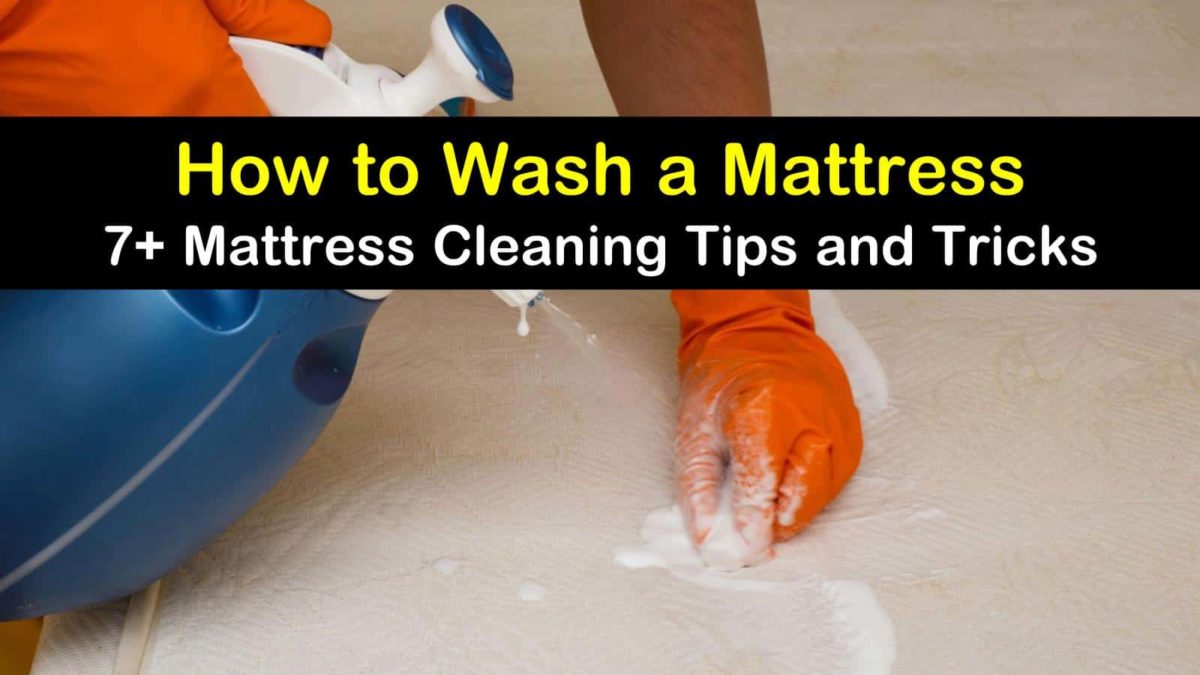








:max_bytes(150000):strip_icc()/clean-your-mattress-the-natural-way-350742-14-5a99efe91be349449c3178993b367746.jpg)















































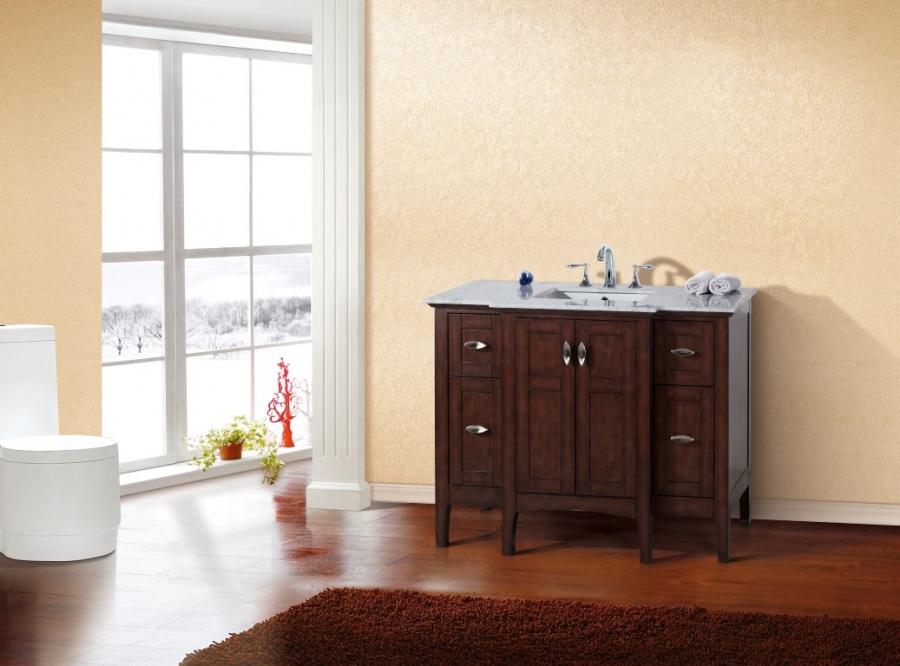




/how-to-install-a-sink-drain-2718789-hero-24e898006ed94c9593a2a268b57989a3.jpg)
